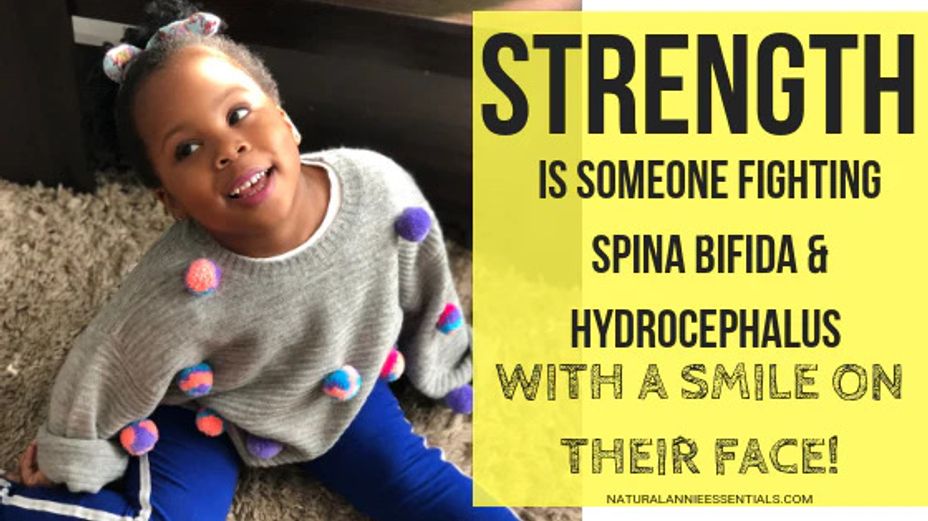Part 1 of 2 “There was something unusual on your MRI.” My doctor’s unsettling words threw me into a whirl of emotions. He read the radiology report aloud: “Moderate-to-severe obstructive hydrocephalus due to aqueductal stenosis, likely congenital…” The term ‘hydrocephalus’ sounded vaguely familiar, probably something I’d heard on Grey’s Anatomy, but its actual implications remained hazy. A rapid Google search painted a clearer, albeit daunting picture: hydrocephalus involved a blockage in the flow of cerebrospinal fluid (CSF) in the brain. This led to enlarged ventricles and increased intracranial pressure. The gravity of the situation hit hard when I read the primary solution – neurosurgery. Without treatment, I read, it could be life-threatening.
Ironically, the MRI was just a precaution due to my family history of MS. I’d been dealing with chronic headaches and double vision, dismissed as stress. Little did I know, I was facing what sounded like a ticking time bomb in my brain.
A Backward Glance
Obstructive hydrocephalus is typically identified and treated in infancy. A telltale sign: publications.aap.org/pediatrics/article-abstract/121/3/e416/.... Combing through my baby records, I found that my head circumference surged from the 5th percentile at birth to a whopping 97th by 15 months. This, paired with some mild motor milestone delays, seemed like missed warning signs in hindsight (and explains why my parents struggled so much to find me hats that fit). Yet, here I was, confronting this diagnosis at 20.
The puzzle deepened when I learned that my clinical presentation fit what is termed www.thieme-connect.com/products/ejournals/abstract/10.1055/s.... In such cases, despite congenital obstructions like the narrowing of the aqueduct of Sylvius, the brain ingeniously adapts to the gradual CSF buildup. This is often achieved by increasing skull size to counterbalance the rising intracranial pressure, which could explain my childhood head growth spurt. While this adaptation may remain stable for years, a number of triggers, including (even minor) pubmed.ncbi.nlm.nih.gov/12715191, pubmed.ncbi.nlm.nih.gov/15446589, or oftentimes unknown factors, can lead to decompensation, requiring surgical intervention. Rarely, acute decompensation could even result in pubmed.ncbi.nlm.nih.gov/11508798. I couldn’t help but worry, was my condition heading in a similar direction?
Becoming the Case
This question marked the beginning of a complex medical journey. My symptoms, although evident, didn’t mirror acute hydrocephalus or its rapid progression. Whether my condition was compensated or decompensated was a matter of debate, and so was my need for treatment. As a psychology student who had taken many neuroscience courses, neurological case studies were familiar and intriguing. Feeling like a living case study, however? Much less thrilling.
While immersing myself in research, I discovered two primary categories of chronic obstructive hydrocephalus in adulthood: long-standing overt ventriculomegaly in adults (LOVA) and late-onset idiopathic aqueductal stenosis (LIAS). www.researchgate.net/publication/360228825_Open-aqueduct_LOV..., especially because LOVA often also involves some degree of aqueductal stenosis. Diagnostic criteria are still a matter of debate, and some researchers even argue that LIAS is not a distinct entity at all, but a subtype of LOVA. All of this to say, I found myself with more questions than answers.
The Waiting Game
Nearly two years after my initial MRI (gotta love Canada’s wait times), a neurologist’s examination and a subsequent MRI revealed slight progression, a small increase in the size of the ventricles. Yet, neurosurgery, what I thought to be the only solution, was sidelined. This was simultaneously relieving and anxiety-inducing; I was still uneasy about what living with an untreated, seemingly progressive condition might entail. It certainly didn’t help that conversations with my neurologist often felt circular. “Your MRI isn’t showing signs of elevated pressure, so surgery isn’t warranted now,” he’d say. But when I’d press about my symptoms, the response would hint at increased ICP, yet again negated by the MRI results. This left me frustrated, toggling between relief over avoiding surgery and anxiety about my symptoms.
Despite my frustrated confusion, I understood the essence of what was being sai



